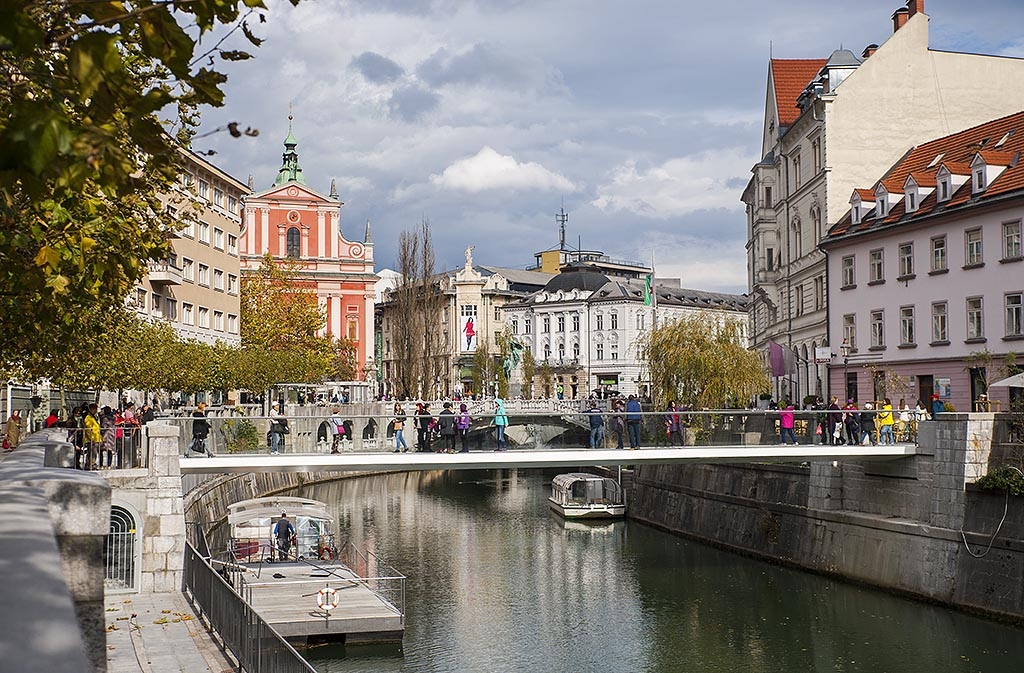In its first economic forecast after EU members introduced measures to contain the coronavirus pandemic, the European Commission has projected that Slovenia’s gross domestic product (GDP) will drop by 7% this year compared to 2019, while a 6.7% recovery is expected in 2021.
This is a significant correction compared to the Commission’s forecast from February, in which Slovenia was expected to record a 2.7% growth of GDP this and next year.
The spring forecast for 2020 and 2021 for Slovenia is nevertheless somewhat better than for the entire eurozone on average, which stands at -7.7% for this year and +6.3% for next year.
The Commission notes that economic growth in Slovenia was already slowing in the second half of 2019, when investment spending started to hit the brakes. “As a small open economy, Slovenia is particularly vulnerable to the effects of the Covid-19 pandemic.”
The forecast adds that the country’s economy is projected to shrink significantly in 2020, but the stimulus package announced by the government is expected to partly cushion the loss of jobs and household incomes and pave the way to a strong rebound in 2021.
“Public finances are expected to go into significant deficit in 2020, due to the loss of revenues and the sizeable measures to support the economy, and to improve in 2021 together with the recovering economy.”
The Commission notes that Slovenia entered the coronavirus crisis in a relatively strong position, but supply disruptions and containment measures are expected to produce strong negative effects, especially in the first half of 2020.
The export of services, particularly transport and tourism, is expected to be exceptionally weak this year, and new investment decisions in the private sector are likely to be largely postponed towards 2021.
Slovenia’s economic activity is meanwhile expected to grow by about 6.7% in 2021, but this means that GDP would not fully recover its 2019 level by the end of next year.
The government measures are expected to dampen the impact on the labour market, but nevertheless, the unemployment rate is expected to rise from last year’s 4.5% to 7%. The rate is expected to decrease again to around 5% in 2021.
Annual inflation is projected to fall to 0.5% this year due to low energy prices and weak demand, before rising to 1.2% in 2021.
This year, the general government balance is forecast to worsen to a deficit of some 7.2% of GDP due to the projected decline in economic activity and the Covid-19 measures.
In 2021, under the assumption of no-policy-change and that the anti-epidemic measures will only have a temporary effect in 2020, the general government deficit is expected to decrease to around 2% of GDP.
Slovenia’s debt-to-GDP ratio is forecast to increase significantly to around 83.7% of GDP in 2020 and to start declining again in 2021.
Responding to the forecast, the Finance Ministry stressed that Slovenia was in a “better position than the eurozone average”.
“The European Commission expects economic revival after the epidemic, and the Slovenian economy will benefit from the government measures adopted to help the people and economy, especially measures aimed at preserving jobs.”
The ministry expects Slovenia to be among the economies recovering the fastest, noting that the country’s finances were stable and that banks had no liquidity problems.
But it stressed that a transformation of the Slovenian economy into one that would create more added value, and function with less bureaucracy and administrative obstacles would be crucial.
